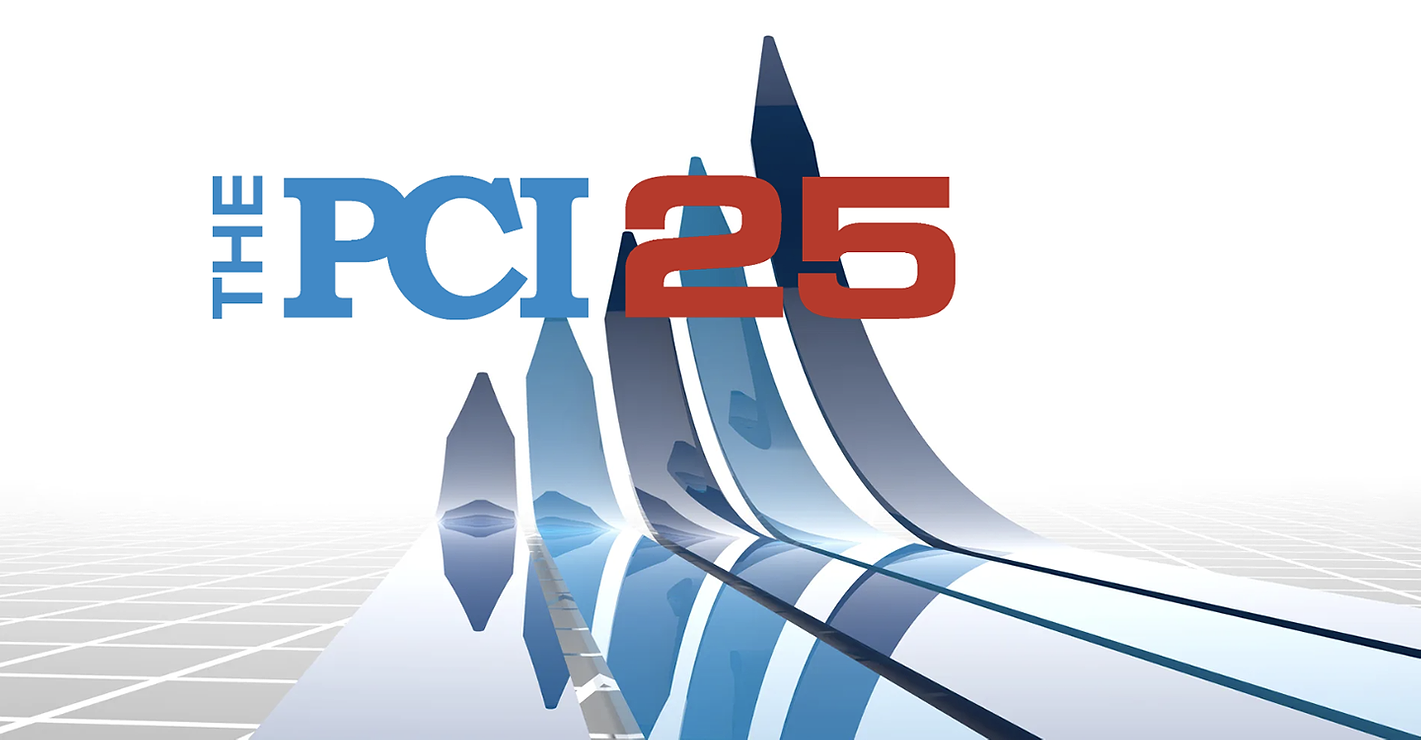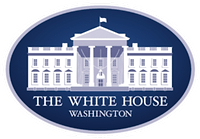Trump’s Tariffs on Steel, Aluminum Ignite Uncertainty

Credit: Olivier Le Moal / iStock via Getty Images Plus
The recent imposition of a 25% tariff on steel and aluminum imports by the U.S. administration has significant implications for the chemical and coatings industries. These sectors rely heavily on steel and aluminum for various applications, including packaging, transportation and production equipment. As these tariffs take effect, industry leaders are grappling with rising costs, supply chain disruptions and the potential for broader economic consequences.
Primary Sources of U.S. Steel and Aluminum Imports
The United States imports approximately 25% of its steel, with the majority coming from Canada, Brazil and Mexico. Canada is the largest supplier, accounting for about 23% of U.S. steel imports. For aluminum, the U.S. is even more reliant on imports, sourcing about half of its aluminum from abroad, with Canada again being the predominant supplier. This heavy dependence on Canadian metals means that the tariffs will significantly impact trade with Canada, among other allies.
Domestic Production Capacity
Currently, U.S. steel and aluminum producers operate at approximately 70% capacity. While there is potential to increase domestic production, achieving self-sufficiency would require substantial investment and time. In the short term, it is unlikely that domestic production could fully meet demand, leading to potential shortages and increased prices for industries dependent on these metals.
Industry Concerns and Responses
The increased tariffs are expected to raise the costs of raw materials and equipment, leading to higher production expenses. This escalation in costs could result in increased prices for end consumers and potential disruptions in supply chains. Executives from various sectors, including automotive and beverage industries, are strategizing to mitigate the "cost and chaos" resulting from these tariffs. Companies like Coca-Cola and Ford anticipate increased costs and supply chain disruptions, leading them to consider measures such as altering import mixes, passing costs to consumers and increasing inventories. These strategies underscore the broader challenges faced by industries reliant on steel and aluminum imports.
Potential Effects on the Chemical and Coatings Industries
The chemical and coatings industries could experience several hypothetical impacts due to the tariffs:
- Increased production costs: Higher prices for steel and aluminum may lead to increased costs for packaging and equipment, potentially resulting in higher prices for end consumers.
- Supply chain disruptions: Companies might face challenges in sourcing necessary materials, leading to delays and inefficiencies in production.
- Strategic adjustments: Firms may consider diversifying their supply sources, reevaluating pricing structures, or exploring alternative materials to mitigate the impact of the tariffs.
- Monitoring international responses: Businesses will need to stay vigilant regarding potential retaliatory actions from affected countries, which could further complicate global supply chains and market stability.
Global Trade and Economic Implications
Key U.S. allies, particularly Canada, Mexico and the European Union, are among the most affected by these tariffs. Canada, as the largest supplier of both steel and aluminum to the U.S., faces significant economic challenges due to its heavy reliance on the American market. The European Union has also expressed strong opposition, with leaders pledging to implement firm countermeasures to protect their economic interests.
Analysts suggest that while the tariffs aim to bolster domestic steel and aluminum production, they may lead to higher input costs for manufacturers and inflate consumer prices, potentially negating any economic gains. The broader manufacturing sector, which relies heavily on these imports, could face significant challenges, including increased production costs and supply chain disruptions.
Conclusion
In summary, the reinstatement and escalation of these tariffs could contribute to increased costs, supply chain disruptions and regulatory uncertainties for the coatings and chemical industries. Navigating these challenges will require proactive planning and adaptability in an increasingly uncertain trade environment.
Looking for a reprint of this article?
From high-res PDFs to custom plaques, order your copy today!






